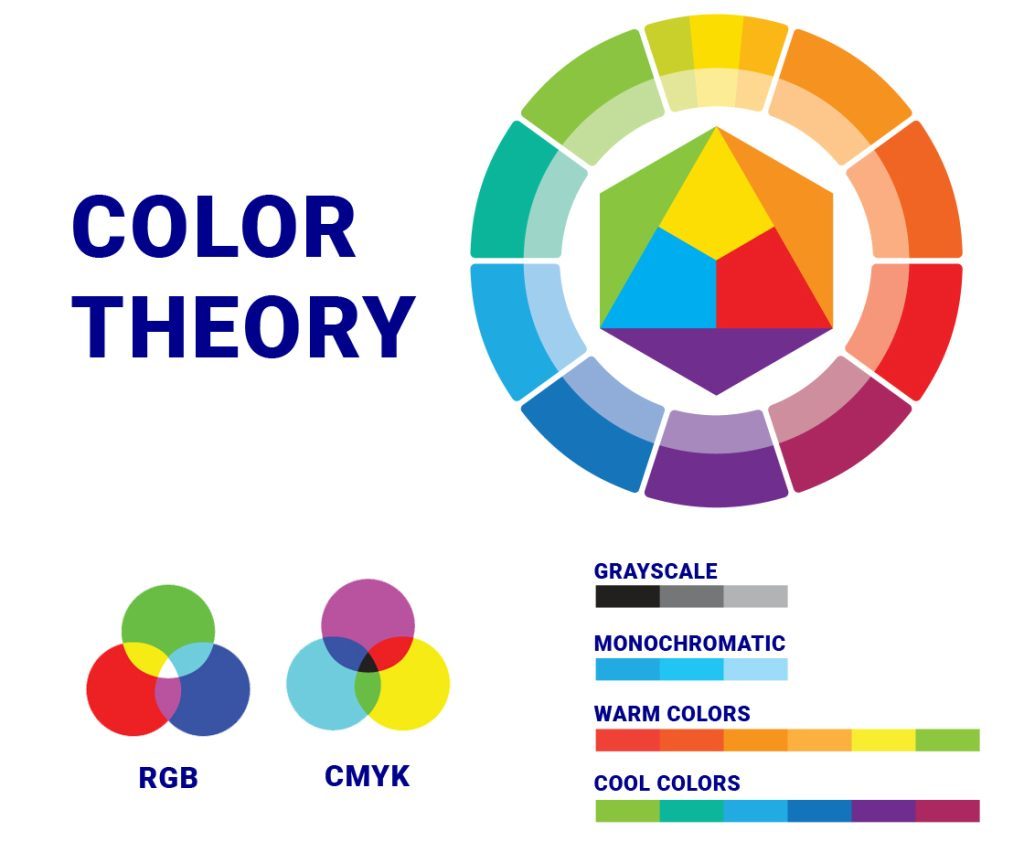
Color theory is that the study of color and the way it may be wont to create different effects in art and style. There are three main aspects to paint theory: color schemes, the color wheel, and also the use of color.
Color schemes are created by employing a combination of two or more colors that job well together. The foremost common combination is the use of a color circle. The color wheel may be a tool that helps to know the link between colors. It may also be wont to create different color combinations.
The use of color can have an enormous impact on the way a design looks. Color theory can help to decide on colors that may create the specified effect. As an example, understanding the difference between warm and cool colors can help to form a specific mood in an exceedingly design. The utilization of a visible spectrum also can help to form interesting effects by mixing colors together.
Designers use a variety of systems to classify the qualities of color. A widely adopted model for digital color is HSV: Hue, Saturation and value.
Hue
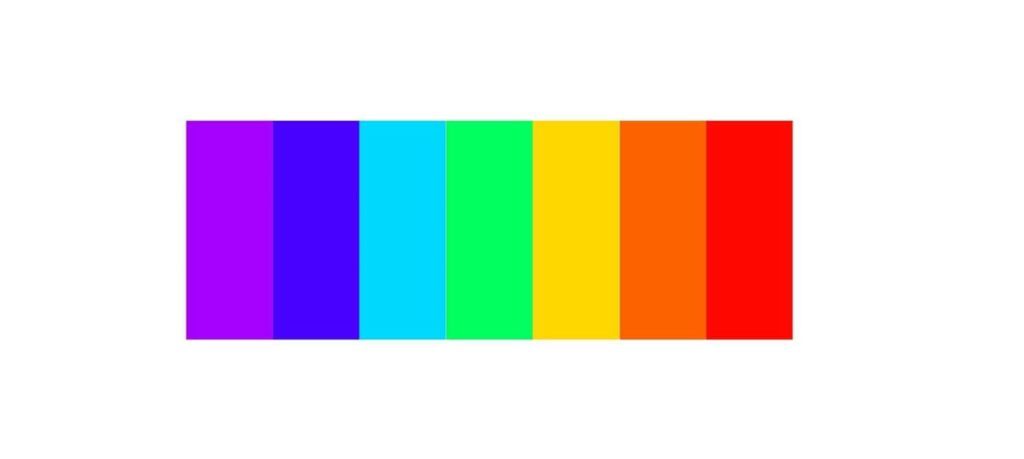
Hue is what we think of as the names of colors: blue, red, yellow, green – the different wavelengths of light.
Saturation
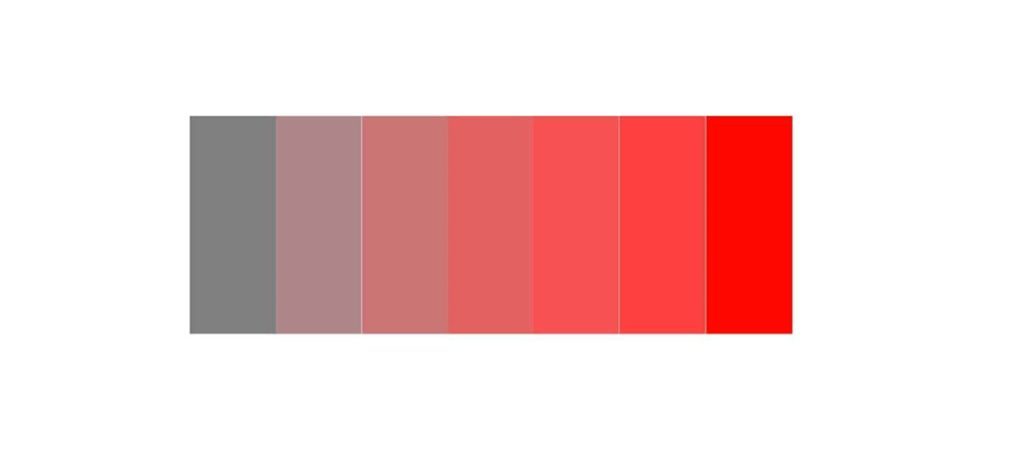
Saturation is the amount or purity of a color.
Value
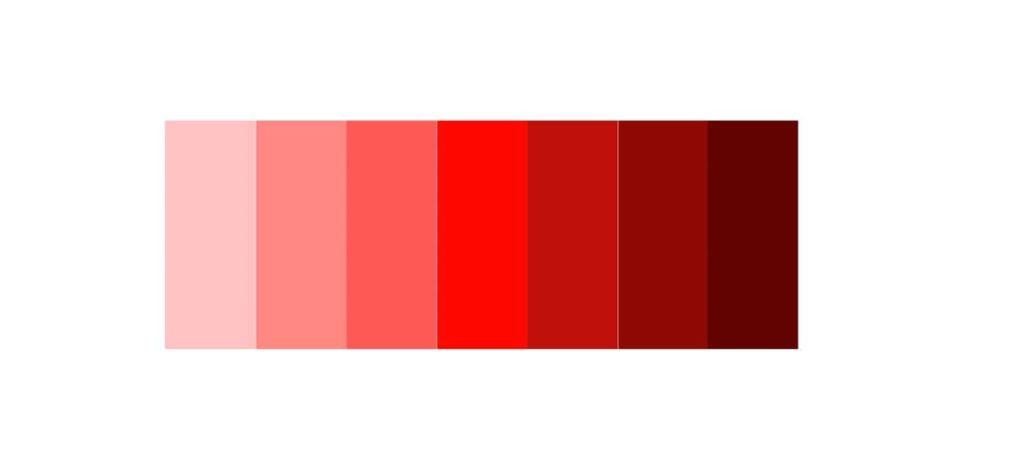
Value also known as brightness, is the darkness or lightness of a color.
Why is color theory important?
Color theory is very important because it helps us understand the various colors that are available to us and the way they will be wont to create different effects. As an example, blue often wants to create a relaxing effect, green is accustomed to promote growth, and red can create energy. By understanding color theory, we will create beautiful art and styles that reflect our individual personalities and preferences.
Use Color Theory to Match What Your Users Want to work out
Color theory may be accustomed to help choose colors which will be attractive and pleasing to your users. Different colors evoke different emotions, so it is important to pick out a color scheme that’s appropriate for the tone you wish to line. you’ll be able to use color theory to make a color palette which will be visually appealing and simple for your users to navigate.
What is a color wheel?
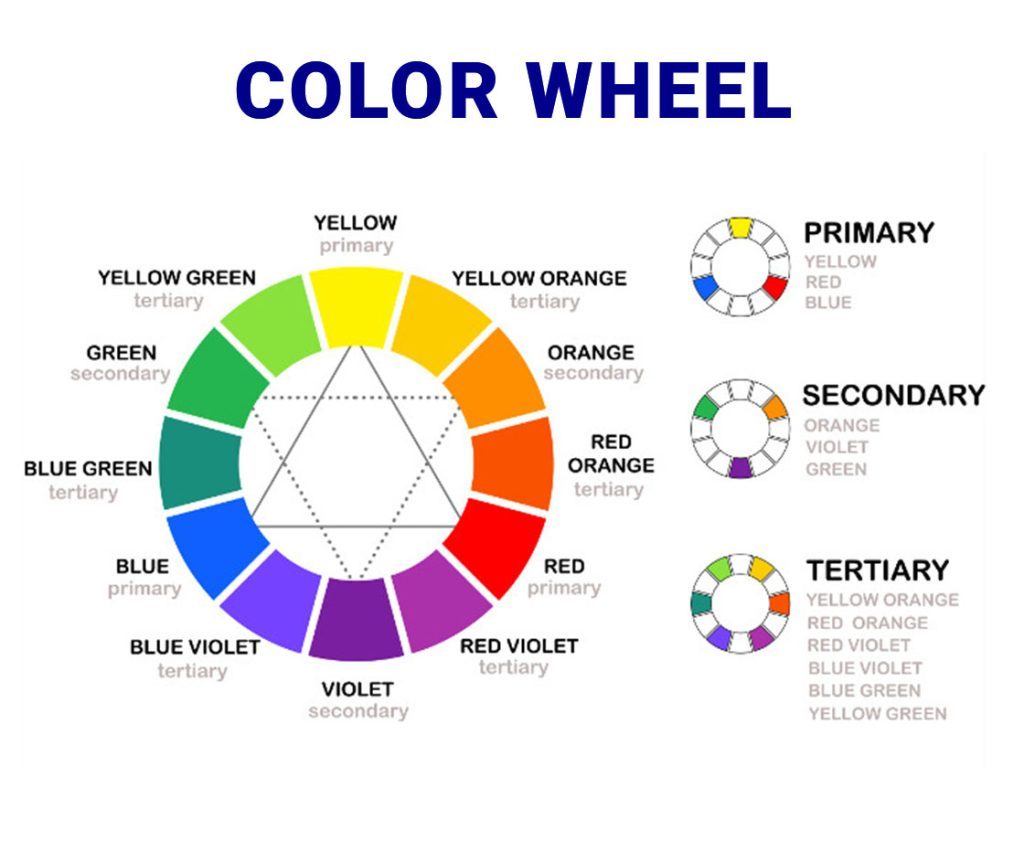
A color chart may be a tool wont to understand color theory. Color theory is the study of how colors interact with one another. the color wheel is formed of three primary colors (red, yellow, and blue), three secondary colors (orange, green, and purple), and 6 tertiary colors (red-orange, yellow-orange, yellow-green, blue-green, blue-purple, and red-purple). Additive color is the kind of color used on screens (phones, computers, TVs, etc.), where the colors are added together to make different colors.
The Meaning of Colors.
Black
Represents: Authority and Power, Mystery, Boldness. Elegance.
Black is often used to target young people and high-end customers. The logo creates mystery and represents power, authority, elegance.
Red
Represents: dangers, heat, passion, love, anger, hunger, excitement and life
It is often used to warn of errors in web applications.
Yellow
Represents: Happiness. Warmth. Innovation. Caution.
Yellow is a warm, happy color that evokes feelings of warmth, happiness and relaxation. It is rarely used in logos, and it is only sparingly used to highlight key features.
Blue
Represents: Trust, Authority and Power.
Corporate logos are often blue because it conveys security and loyalty, as well as professionalism. This color is used in software, banking, finance, the pharmaceutical industry, government, and other businesses.
Green
Represents Harmony, Naturality, Health, Renewal
The color green is used primarily to signify eco-friendly businesses or companies that revolve around gardening, solar power, landscaping, gardening, and recycling. It is the color that represents growth and nature.
Orange
Represents: Innovation, creativity, Vibrant and Playful, Happy
Orange is often regarded as the color of innovation, modern thinking and creativity. Orange is associated with youth, fun and affordability, as well as accessibility.
Pink
Represents: Beauty, Optimistic, innovative, creative
Pink is a color that brings warmth, comfort, sympathy, compassion and acceptance.
White
Represents: Hope, Goodness, Peaceful, Spiritual
White is the color that represents innocence, goodness, purity, and goodness. It can also be used to signify safety, as it has a positive connotation. White is often used in logo design to communicate cleanliness and purity. White is often used in logos for hospitals and charities.
Purple
Represents: Imagination, Spirituality, Royalty, Luxury
Purple’s ability to balance mental clarity and emotional stability is remarkable.
Brown
Represents: Trustworthy, friendly and comfortable
Brown is a solid, reliable and dependable neutral color. Your logo’s life is influenced by colors. You want to design a winning logo.
FAQs
What is the simple definition of color theory?
Color theory is The art of combining colors using the color wheel. This organized illustration shows the primary, secondary and tertiary colors. Artists, marketers, and brand managers need to be able to accurately combine colors and use the color wheel. They also need to understand how colors relate.
What are the three basic color theories?
Red, yellow, and blue are the primary colors. These are the three primary colors in traditional color theory. They cannot be mixed with other colors or any other combinations. These three colors can be combined to create all other colors.
Why is color important in design?
No matter what design you choose, choosing the right color is important. As important as the font and image is the color you choose, so too is your choice of color. Because colors have different associations, it is the color that grabs attention. A color can have a significant impact on the mood of potential customers.
Who was the first to develop color theory?
Isaac Newton was the first to fully develop a theory about color based upon a color wheel. Newton created the color wheel by splitting white light into a spectrum using a prism.
